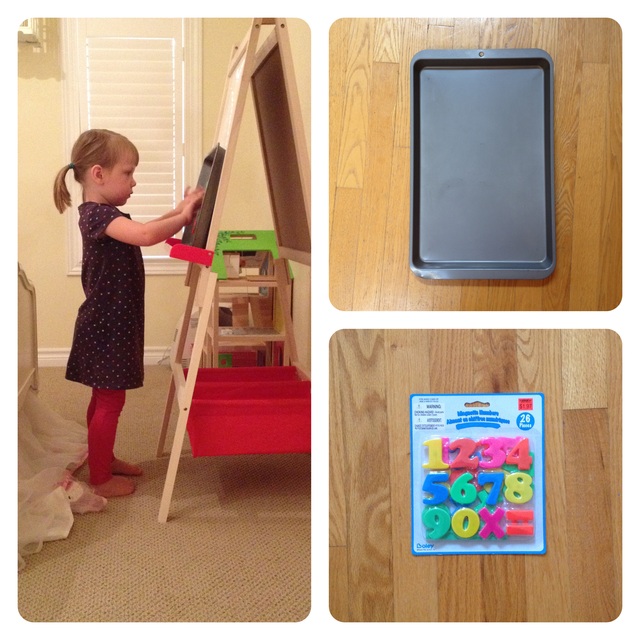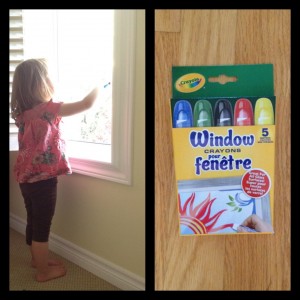
Here’s your official reminder: this weekend is the end of daylight savings time (DST). Don’t worry, it’s the cool time change – the one where we (incredibly!) go back in time. Not it’s wicked, sleep depriving step-sister, spring ahead. Before heading to bed on Saturday, put your clocks back one hour. Or at least adjust the old-fashioned widgets that won’t adjust themselves.
In a past, child-free existence, the end of daylight savings time was an occasion to be celebrated. Fall Back meant one extra hour dedicated to the guilty pleasure of your choice. But in your present, kid-centric world, the end of daylight savings time is just one more obstacle to navigate.
Fortunately, Fall Back doesn’t have to be a significant setback. If your child generally has good sleep habits, is well rested and has shown their ability to go with the flow, don’t be too concerned. You may not have to do anything ahead of the time change. Give them a few days, and they’ll adjust.
For parents of children who have proven themselves to be more sensitive in terms of scheduling and sleep, here are a few suggestions to make it easy on them (aka easy on you).
Plan – Start adjusting the week prior to the time change. For children heading to school, if you can, consider shifting their moring rising, breakfast, dinner, and bedtimes to be 15 minutes later. For children who are younger than school age, consider shifting their entire schedule (including wake times, eating times, nap(s) and bedtimes) 15 minutes later. Repeat this incremental shift for the next 3 days. By the time Sunday rolls around, their little bodies are fully prepared for the adjustment.
Stay on Schedule – Every aspect of the day gives our children an opportunity to know what time it is. Mealtimes, playtimes, along with wake and bedtimes all offer cues to help our children be prepared and receptive for what’s coming next. Be mindful and deliberate with the time adjustment as it affects ALL of your daily activities, not just sleep. Diligently follow your usual routines on the adjusted schedule.
Earlier Bedtimes – On the day of and days following the time change, you may notice that a 7 AM wake time turns into a 6 AM wake time. Be prepared to compensate with an earlier bedtime (and possibly earlier nap times for the wee ones) to prevent any overtiredness from setting in.
Let There Be Light – The onset of autumn means cooler, shorter days with fewer hours of sunlight. In the mornings, you’re likely turning on the lights anyway. As your child is having their breakfast, ensure exposure to a well-lit area of your home. Try to keep things dark until then. Build in some time for outdoor play during the day on Sunday as well. This will help naturally regulate circadian rhythms, but exercise will also boost sleep quality and your child’s ability to settle at naps and bedtime.
Admit to yourself that it’s not always going to be perfect. Don’t sweat it. Children take some time to adjust and adapt, just like you. Be patient and consistent while continuing to make sleep a priority for your family.









